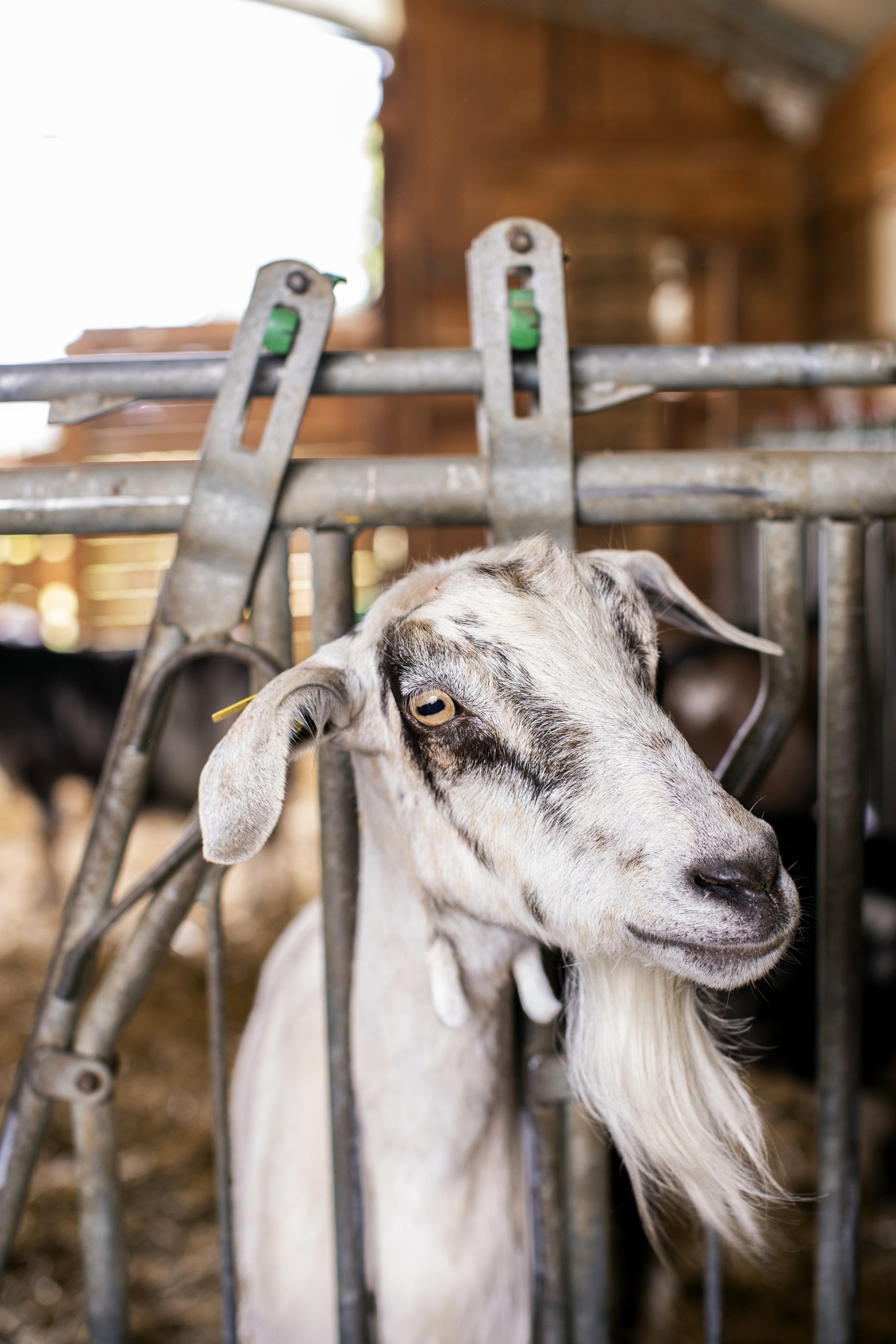notes from a study trip
photos by Karin Lindroos
words by Jacob Michael Boynton Welch
DAY 1
Fourteen master’s students from fifteen different countries are on a bus headed to Provence. Don’t do the math, just come along for the ride. It’s the second study trip of the year for the Food Culture, Communication, and Marketing program at UNISG. This is our school bus, and France is our classroom for the next week.
Did you know that mountains are for more than just climbing? You can look at them, wind through them, and grind your teeth through them. Try not to get sick inside them. The road through the Alps is back and forth, up and down, but eventually, we reach our first destination. It’s a grassy green hill with the sound of cowbells ringing through it. Lunch is served on a board and sourced from the valley we drove through to get here. Charcuterie and cheese. A little wine, a little pastis. We are learning about the landscape of Provence, the lower Alps, and the animals that live there. Goats. There are a lot of goats.
There’s supposed to be a mountain hike, but the weather conditions won’t allow it. We get a little wet and then it’s back on the bus without muddy shoes. We’re listening to shared songs in private, sharing a comfortable silence. We’re processing the impending dread about the curvature of these gorgeous roads. With green on our faces, we don’t even want to talk about what we’re having for dinner. I’m sure it will be delicious.
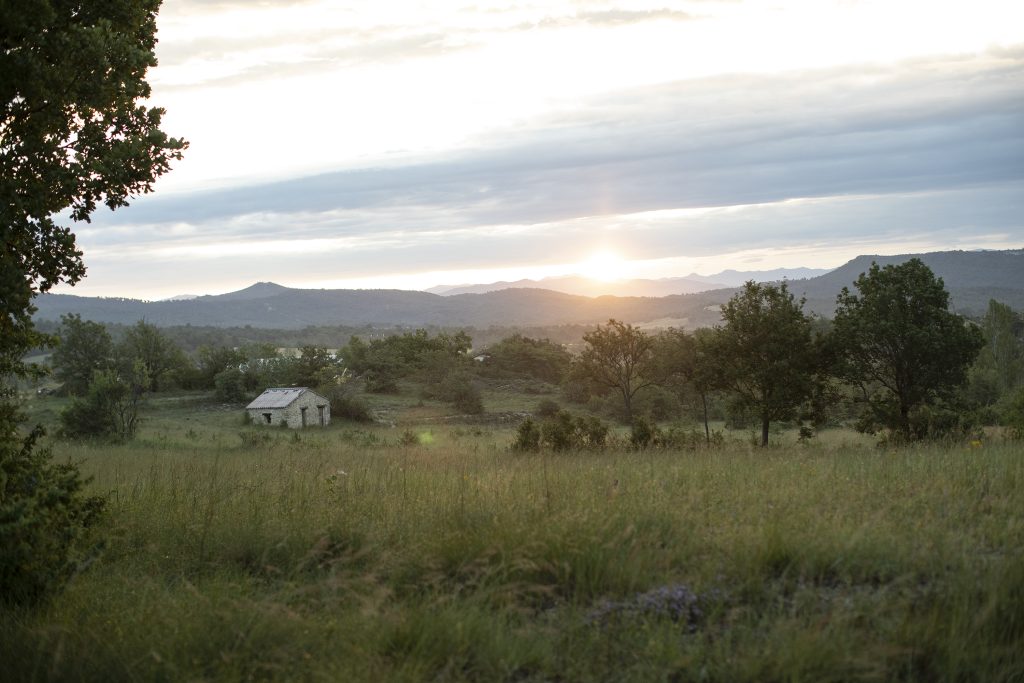
Fig. 1. The view from our first night’s accommodation in Provence.
DAY 2
Absinthe drinkers went insane because they would distill it themselves and drink the head, hearts, tail—everything. Here, try it.
Absinthe is what Jany handed us when we toured the garden of La Bonne Etape: a restaurant, bistro, garden, and hotel. Not the drink, but the plant: wormwood. They grow it there. The garden contains enough greenery for a Piazza Duomo salad, I promise. Among the things we tasted were Sichuan pepper, pineapple sage, and marjoram that was going straight into our food that day. Oh, the food.
Jany Gleize, the kindest man in the most charming chef’s jacket, made us Provencal lamb and spelt seasoned like Salt Bae right in front of my very eyes. Spelt is the signature Provencal grain; it’s a staple there. Jany chopped lamb, answered our questions, and told us all about the restaurant. At first, I thought he said they got their first star 16 years ago. He said 60. It happened when he was 6 years old and his dad was running the kitchen. His daughter is running it now.
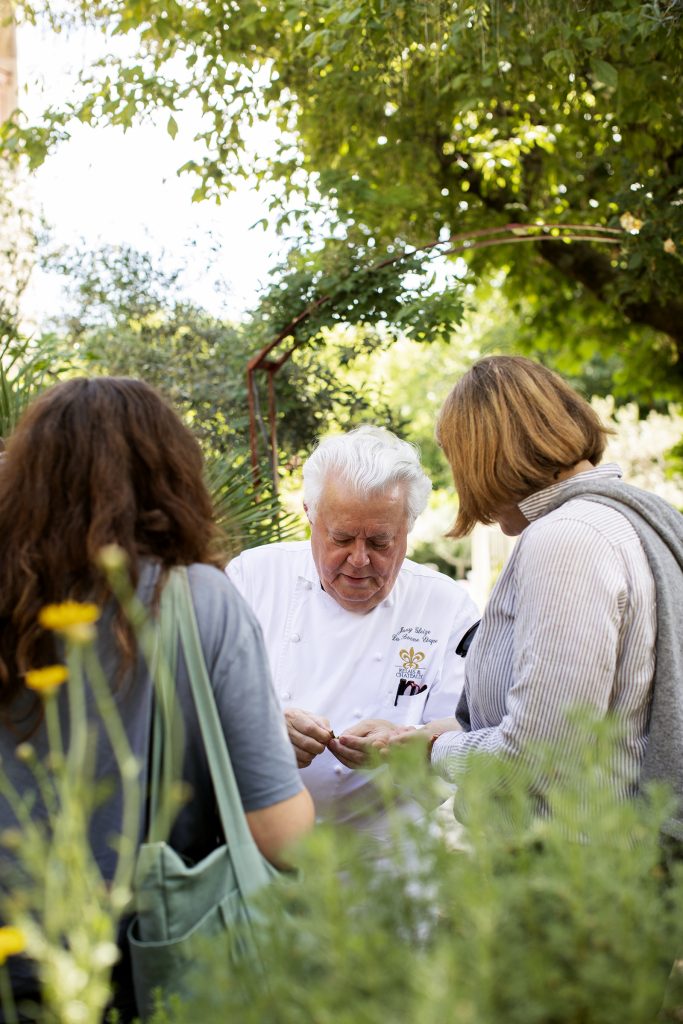
Fig. 2. Jany Gleize showing the class his restaurant’s garden.
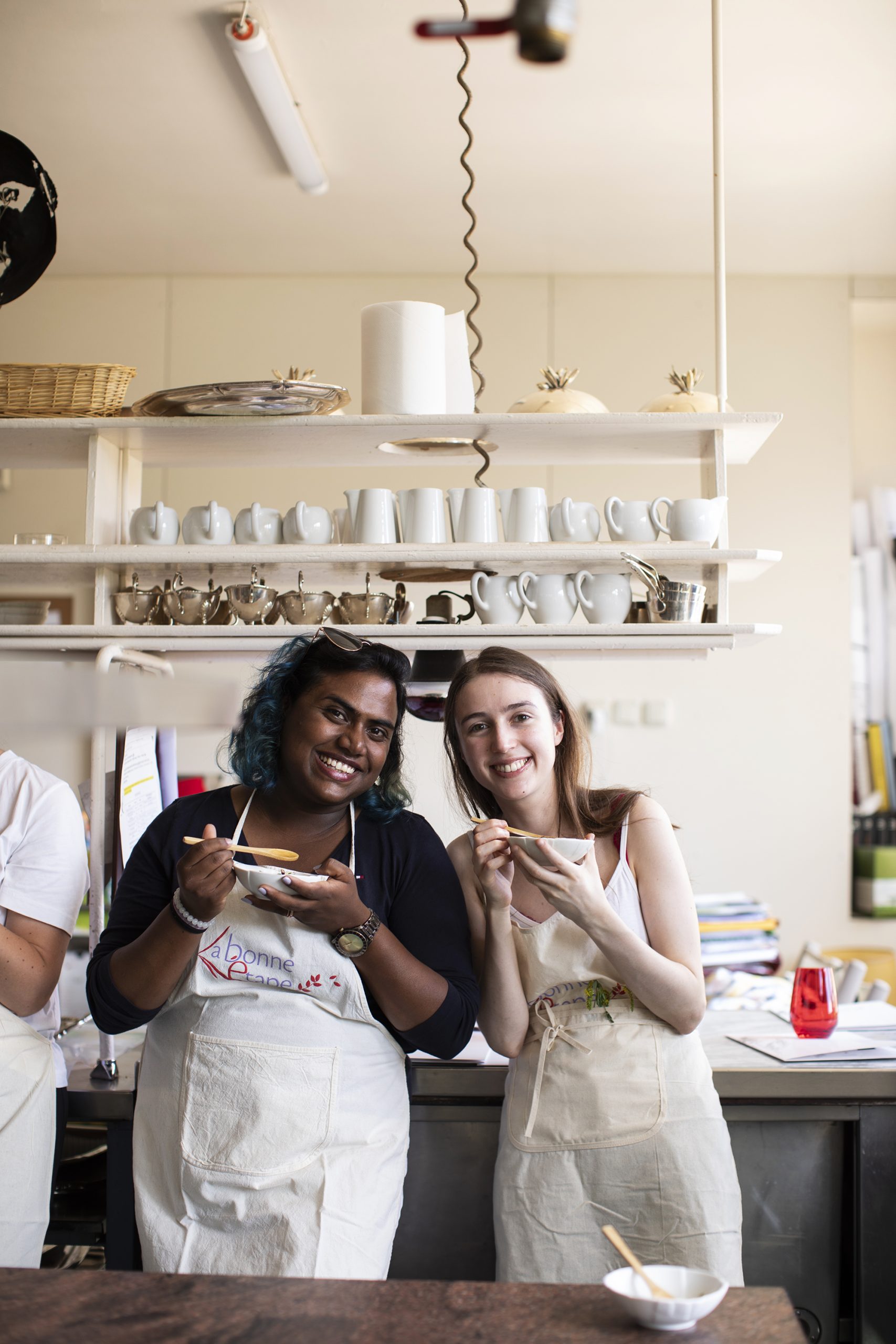
Fig. 3. Anjali & Elizabeth enjoying the spelt Jany cooked.
After the kitchen, there’s the bistro. More spelt and lamb. But where’s the wine? We almost had a French lunch without wine. We almost had a French lunch that didn’t last two hours. We almost had one that didn’t end with pastis turned milky white by ice-cold water. Do you know the word louche?
“The cloudy effect that results from mixing pastis with water is technically termed the louche.”
We love the louche. You live and you louche. And we’re living, boy. We’re headed to a goat cheese farm next. Yesterday it was curvy roads, and today it’s so bumpy we’re hitting our heads on the roof. What’s next?
Segolène. The 61-year-old teacher turned goat cheese farmer greets us outside and tells us the names of her goats. First the kids, then the 27 does, then the buck and the billy. That’s Travolta and Trienne. Trienne got his head stuck in the fence and we don’t know if he’ll ever get it out. We pet them until we have to be dragged away, and then Segolène explains the process. There are 30 goats in total and during the season, she milks them every day, and ages them according to market value. After two days they are ready but it’s the one-week-old chevre that sells the most. She shows us the cheese lab through a screen door so we don’t ruin the culture. Finally, a petite taste. 1 day, 3 day, 1 week, 2 week, and 2 month aged chevre. There’s a general consensus that the 2-week is the best and a general consensus we want the freshest one possible for breakfast.
Fig. 4. One of Ségolène’s billies, Travolta, got his head stuck in the fence.
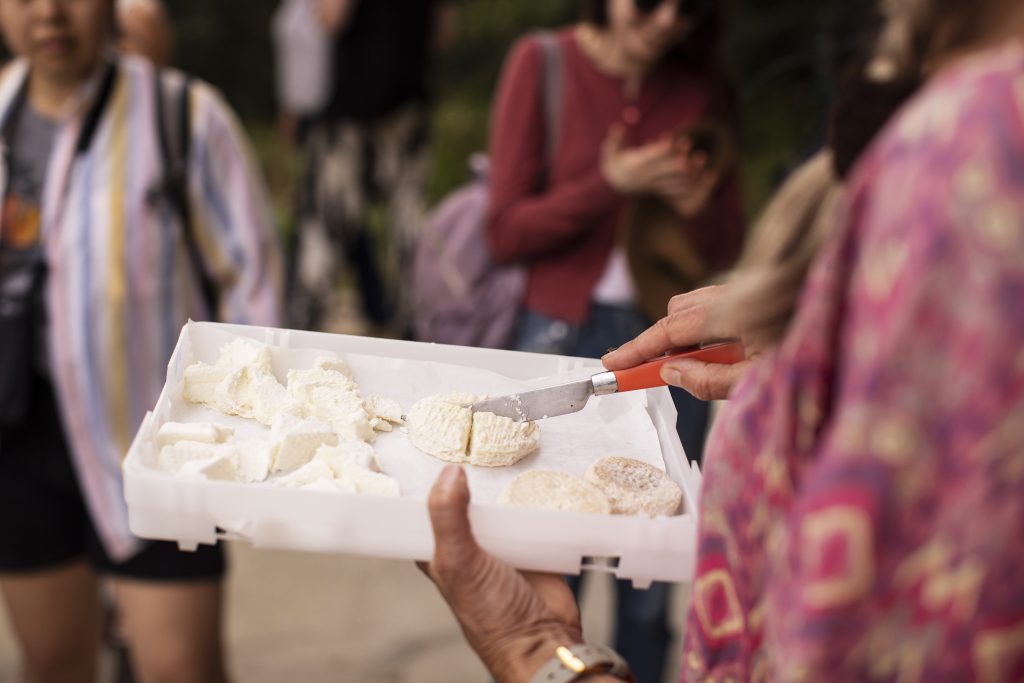
Fig. 5. Ségolène cuts four differently-aged goat cheeses for a tasting.
DAY 3
Suddenly, everything is purple. Lavender fields stretch out as far as the eye can see in Provence. Most of these fields are for industrial production, but we find ourselves at Terres Bonaventure, with our guide, Paolo. Paolo, the lavender cowboy, the son of goat farmers, and the distiller of oils, is a character we quickly grow fond of. He shows us a single hectare of lavender from which he can extract 20L of oil and shares stories of the challenges of drought and the damage that rain can cause.
Life is like that. When he first heard the term eco-anxiety, he thought, “Oh, you mean the feeling of every farmer everywhere?” When he decided to return from the city and keep the farm going, his mother cried. He doesn’t want this life for his twins either. Yet, he continues to farm. He grows lavender, rosemary, and thyme, among other plants from which he extracts oil. Did you know a distillery can do different things? The government keeps a close eye on him, thinking he might misuse the distillery, so they keep tabs and do the math. He does it too. For every 500 kilos of lavender, he gets a kilo of oil. One purple row is distilled into a single tiny bottle. Work. They also produce olive oil. They bought the best olive press so they could make the best oil for other farms as well. That’s 80% of their production. We tasted them all and bought as much as we could carry.
Lunch is on a hill. There’s another purple field, but it’s not lavender. The restaurant doubles as a hotel. We’re treated to a proper Provencal lunch with proper Provencal rosé. There’s pastis afterward. And on the ride to Arles, there’s peace.
DAY 4
Woke up in Arles, missing my left ear. Found it outside next to the Van Gogh mural, covered in blood. That’s what the alarm felt like anyway. We’re reaching a turning point of the trip. Day four is the halfway point. We should have reached some kind of peak, valley, or understanding of Provence by now. What is it? There’s a face I can see in my head, but I can’t get to it. Arles was pretty though; I see why Van Gogh stayed.
Alors. We’re stopping at the wheat field before the bakery. The bakery, Terre et Ble, uses the wheat the baker, Henry de Pazzis, grows in that field. He writes books too. His main idea is to be more human, brotherly, and clever. He’ll do it one crop rotation at a time. It’s 50 hectares and a bakery and that’s it. Mostly the bakery uses their own wheat, but sometimes, for panettone, they use Manitoba. Manitoba wheat comes to France from Canada via Italy just like our classmate Elizabeth. Strong wheat, hard to digest, incredibly complicated, needs to be refreshed every two hours.
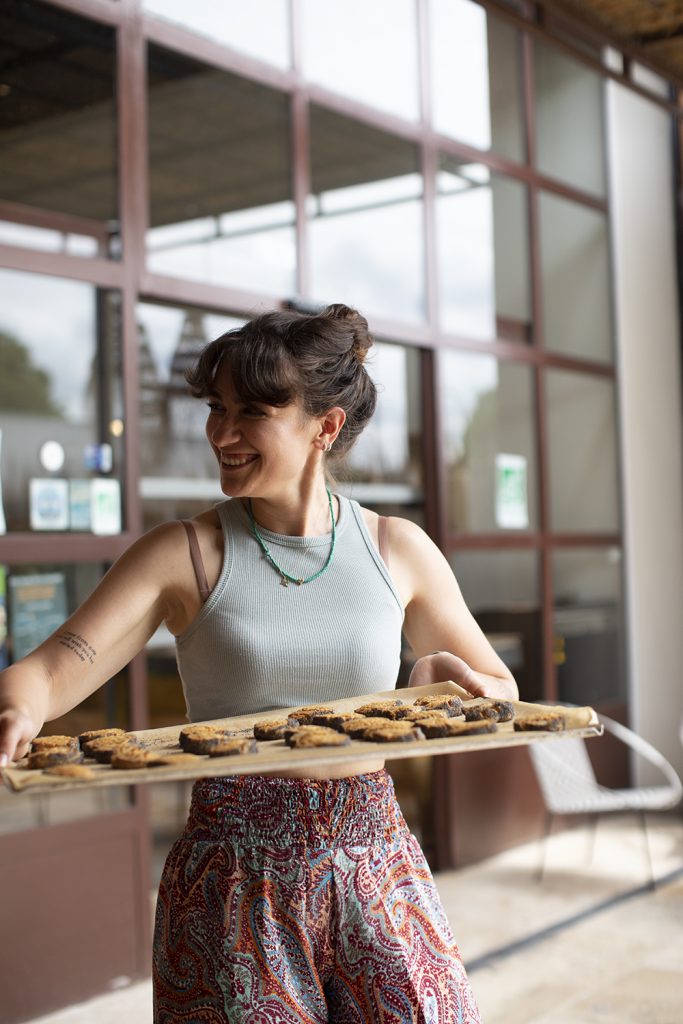
Fig. 6. Tumay got the chance to knead sourdough and deliver cookies to the class.
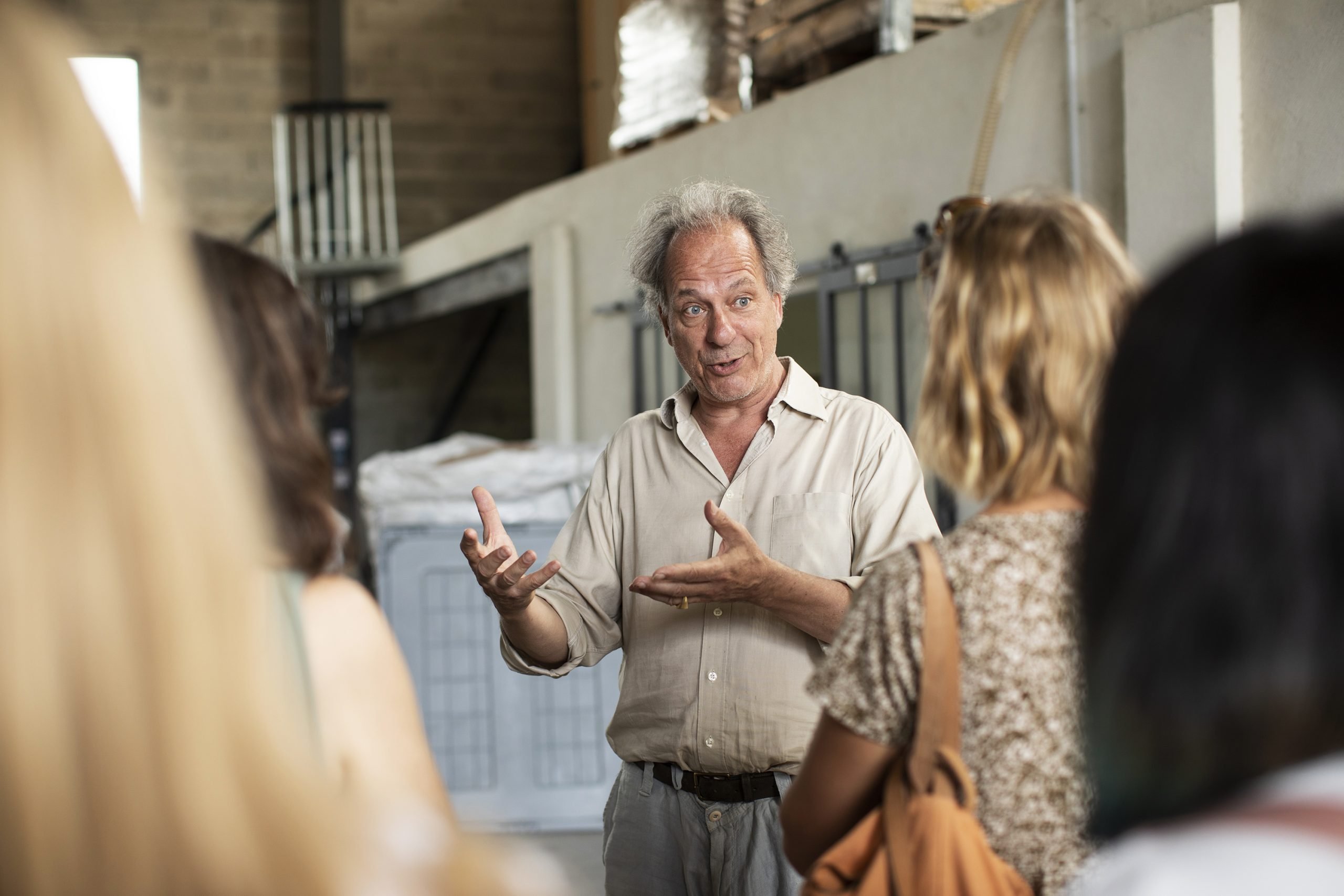
Fig. 7. Henry explained flour types and the milling process.
So, we didn’t see the fields, but we saw the mill. One mill was designed by two brothers, artists, and stonecutters. They cut the stones so beautifully and covered them, hidden from everyone except the maintenance crew. Outside the mill, he’s got two years’ worth of firewood piled up. Beech. That’s what powers the oven in the bakery. And what a bakery. They let some of us help them. Because in the end, we’re human beings. That’s Henry’s philosophy. We have needs! We need beauty, quality, and sensitivity. He’s trying to express that in the farm, the mill, the bakery.
It’s working. The oven might be the master, but these people bake incredible bread. And the Pissaladière deserves a capital P. Thank you, Henry.
DAY 5
Today was the free day of the trip. I spent the afternoon with a great friend at a wonderful bar, chatting with Ben, probably the best barman in the world. He’s not just a barman, this is his bar, the beer is local, the wine is local, and the panisse is what you should eat. Go there if you want to savor life. Le Café de la Banque. It’s the coolest bar in a row of three.
Afterward, it’s dinner at Limmat, which probably deserves its own post, but all I’ve got is this paragraph. The setting: ridiculous. Just eye-bendingly beautiful. The food too. And the staff took the best care of us. 10/10. Would spend a beautiful night with lovely friends there again any day.
DAY 6
Today we’re on the way to wine country. Bandol is the appellation, Tour du Bon is the name of the winery, and Agnes is the name of the owner. There are 12 hectares of vines, 7 varietals, a whole lot of mouvedre that grows straight up, strong, no need for iron. Agnes showed us around the vines and told us her story. It was a family place, but she took over the vineyard in ’89, with a husband and a small, small daughter who is getting married in two weeks. It’s the domaine’s first wedding. She makes over five cuvees, Bandol of course and a few other things as well. We get a tour of the cellar, get to see the Oak barrels she ages her reds in and finally sit down outside for a tasting of everything she has.
The Bandol rosé is the classic wine from the region, and it’s delicious, but it’s not what Agnes was most excited to talk about. Most curiously for the region, she uses amphora in one of her cuvees, and the influence is actually Italian.
Her first cuvee with amphora was 10 years ago, given to her by a friend, Elisabetta Foradori. It was such an experience she ended up writing a poem about it. The cuvee is delicious, en sol, named after her sunniest plot, 100% mouvedre but not Bandol. IGP Mediterranee is what works for her. Letting the wine sit in amphora for 6 months was tough, she tasted it every day. Le doute, la patience. We empathize. Who can’t empathize with that?
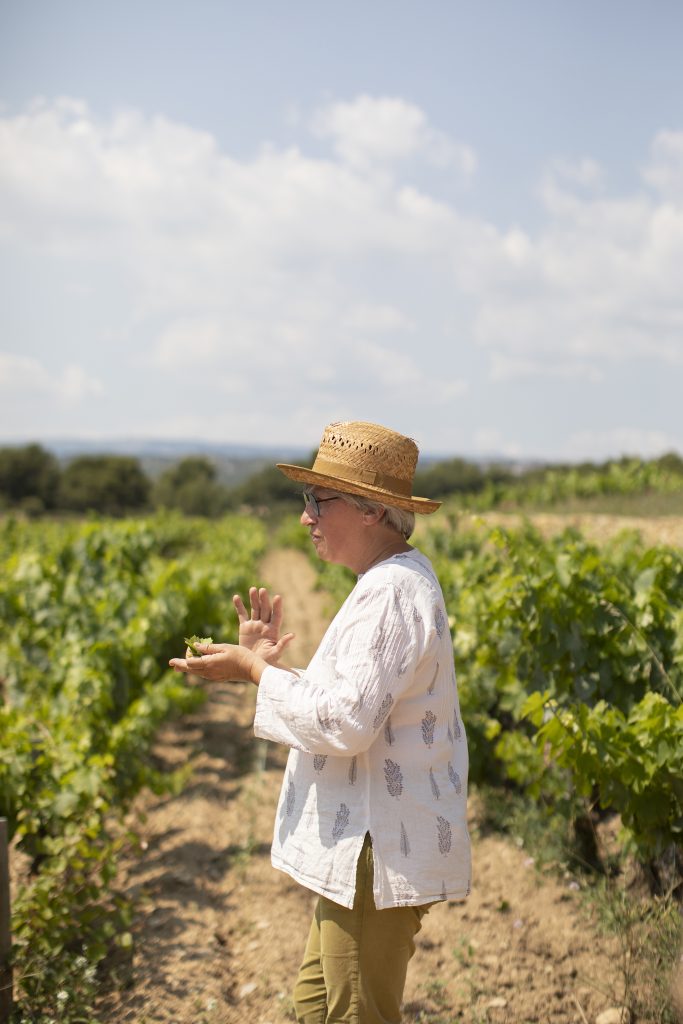
Fig. 8. Agnes showing us around her vineyard.
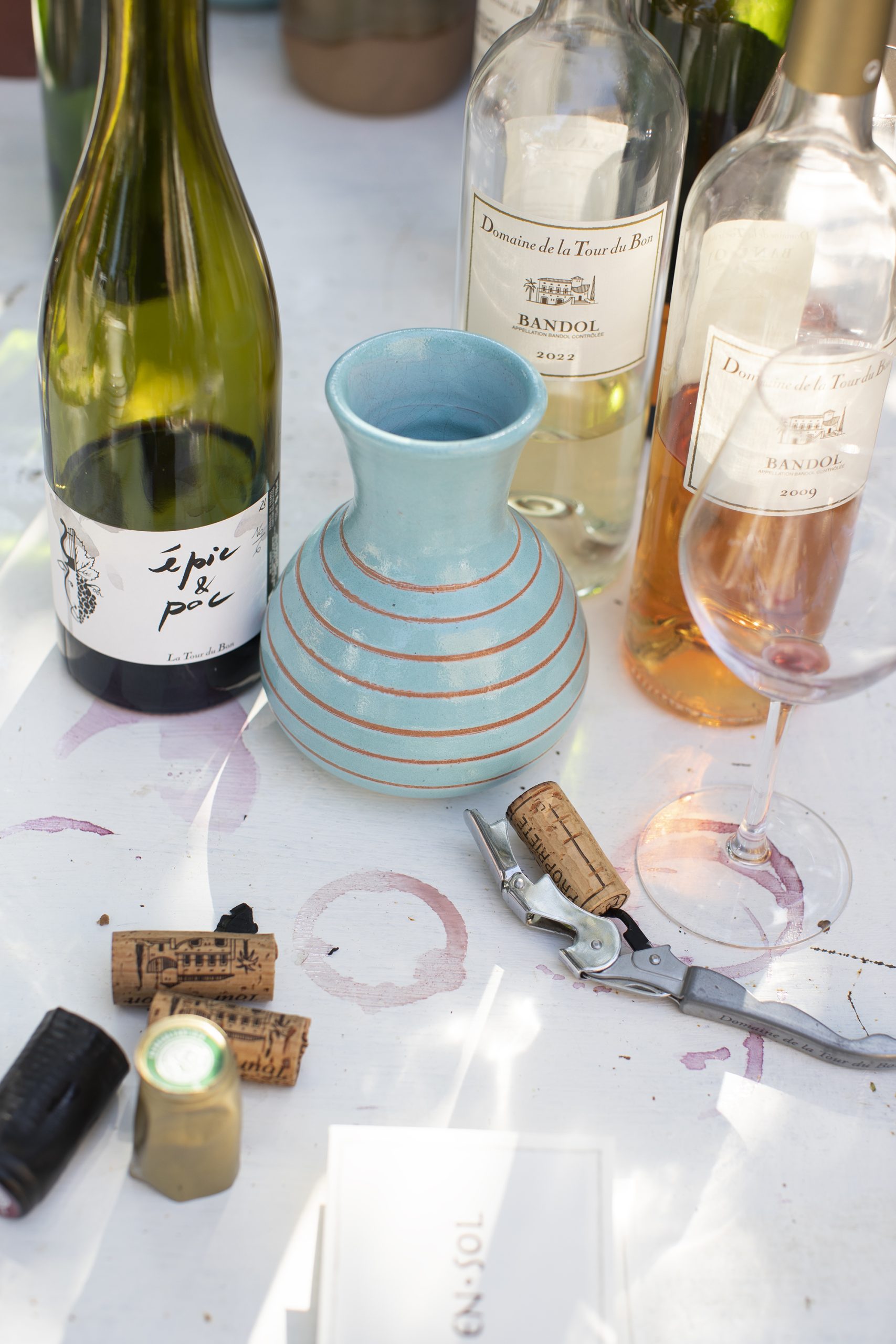
Fig. 9. Aftermath of a wine tasting.
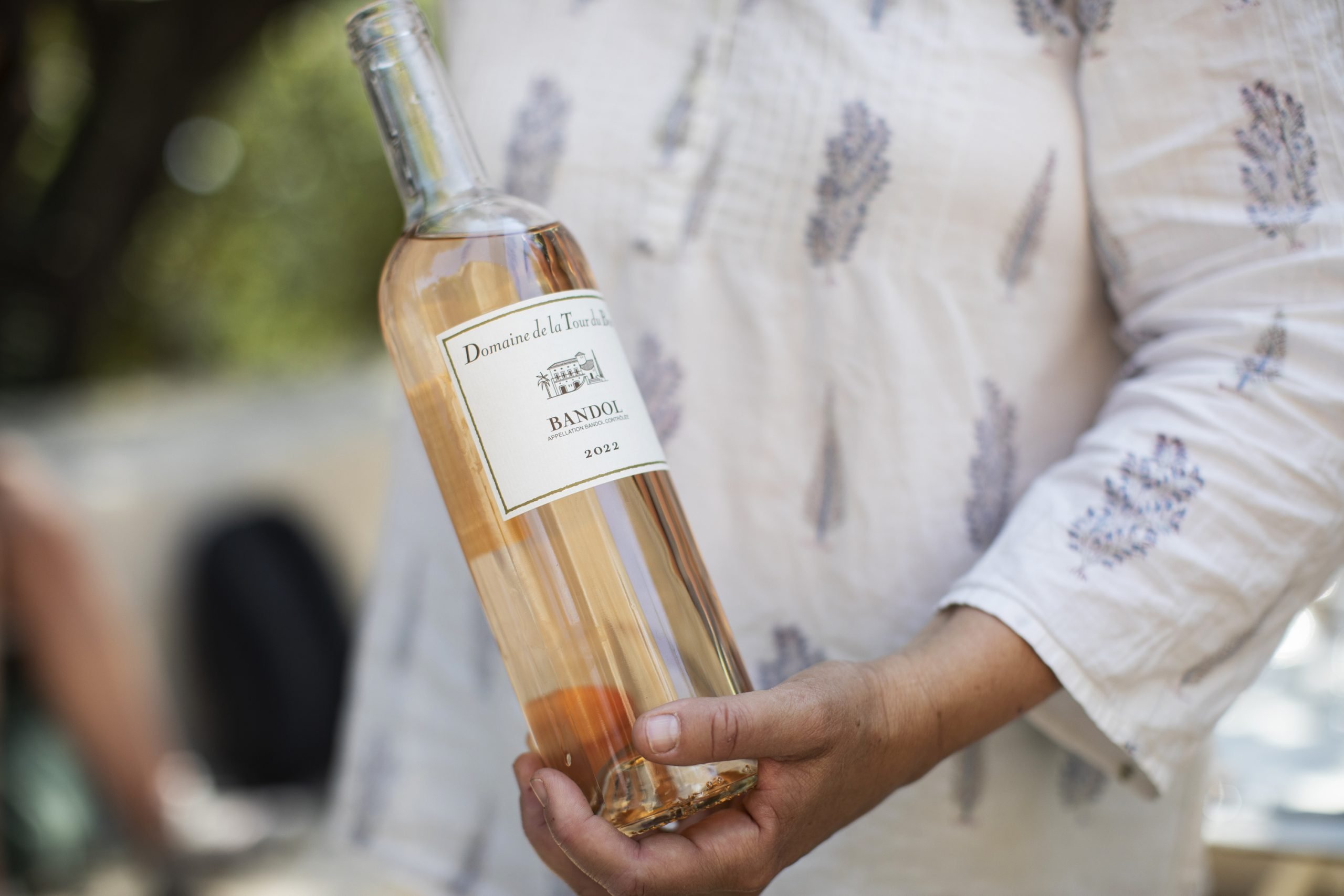
Fig. 10. Agnes showing off the Bandol rosé.
DAY 7
Today, we’re considering oysters. I’m imagining Bourdain as a child in Normandy, eating one for the very first time. It changed his life, and it changed ours. Other things to consider: the scandalous oyster scene in Tampopo, the time we ate 70 of them at Waterbar in SF, Hog Island, the oyster omelets I never ate in Hong Kong, and every other time I’ve ever had one. My brother cut his hand after the family made him shuck three dozen oysters because he’s “so good at it.”
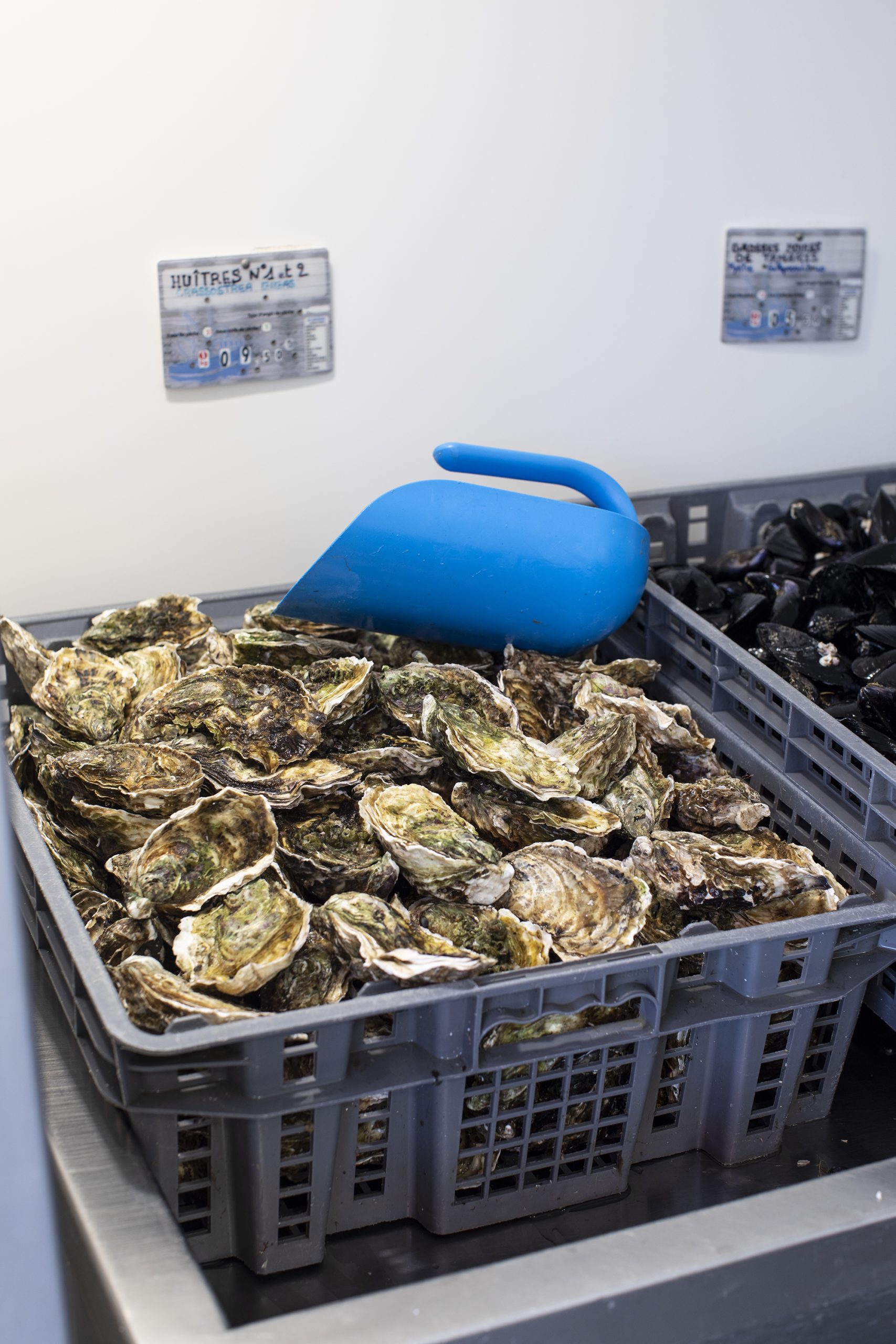
Fig. 11. Oysters after cleaning at Les Perles de Tamaris
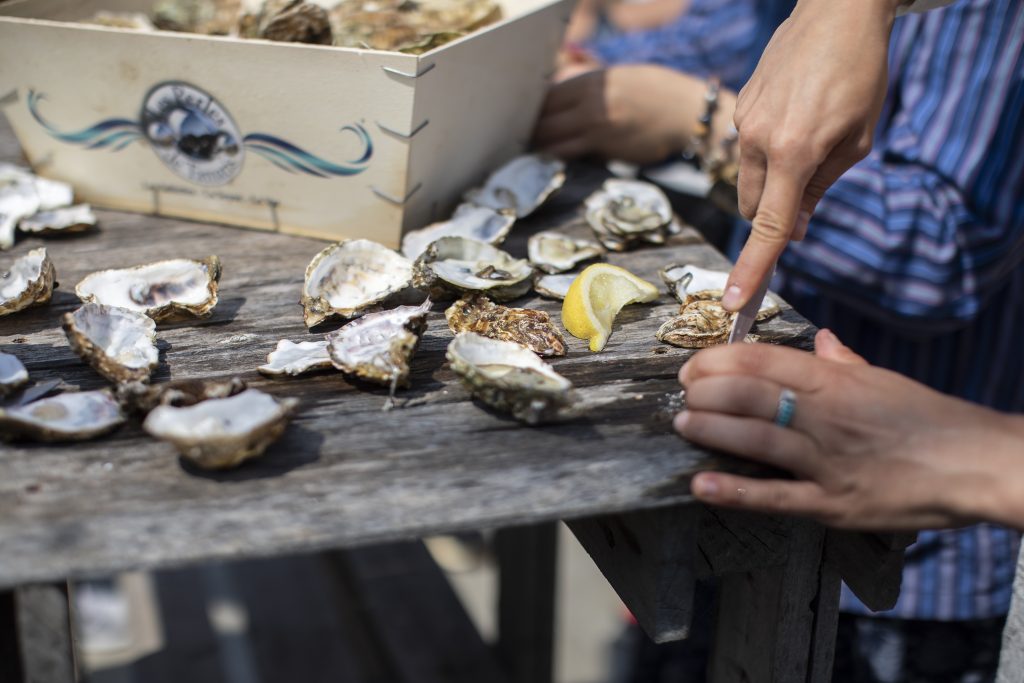
Fig. 12. Oyster tasting! We shucked them ourselves.
My mother never took me to Normandy, but she did take me to Paris. She introduced me to escargot at the age of 13. I don’t remember my first oyster, but I’m positive she had a hand in it. Shout out to mom. Now, I’m on a study trip in Provence, finally realizing the extent of the influence this place had on her cooking. Shout out to mom, again. Shout out to Julia Child too.
The oysters at Les Perles de Tamaris were as fresh as possible. Sold as babies by the government, grown in the Mediterranean, filtered in the warehouse for a few days, then shucked right in front of us. Some of us shucked, and some of us tried oysters for the very first time. Les Perles takes the big fatty ones out of the water to make them suffer and thirst. Then they plunge them back in when they’re hungry and ready to plump up. Suffer. Grow.
One box of oysters in, we headed to the harbor to check out our new friend Didier’s setup. Didier was born on a fishing boat. He’s a second-generation fisherman with four boats and a four-person crew made up entirely of family. They’re one of two fishing families left here in La Seyne-Sur-Mer. His grandsons are interning, and his sons are basically George Clooney in *A Perfect Storm*, but it’s still a dying art. Hosting, on the other hand, is not.
Didier graciously invited us to his home, where his daughter Manon grilled some of their catch. After six different fish and a second course of blue shark, we finally got to the calvados. Homemade by a friend in Normandy, of course. This is probably the closest I’ll ever get to an episode of Parts Unknown, so please, yes, I will drink another calvados with you, Didier. Merci, merci, merci.

Fig. 13. Didier’s small fleet of fishing boats
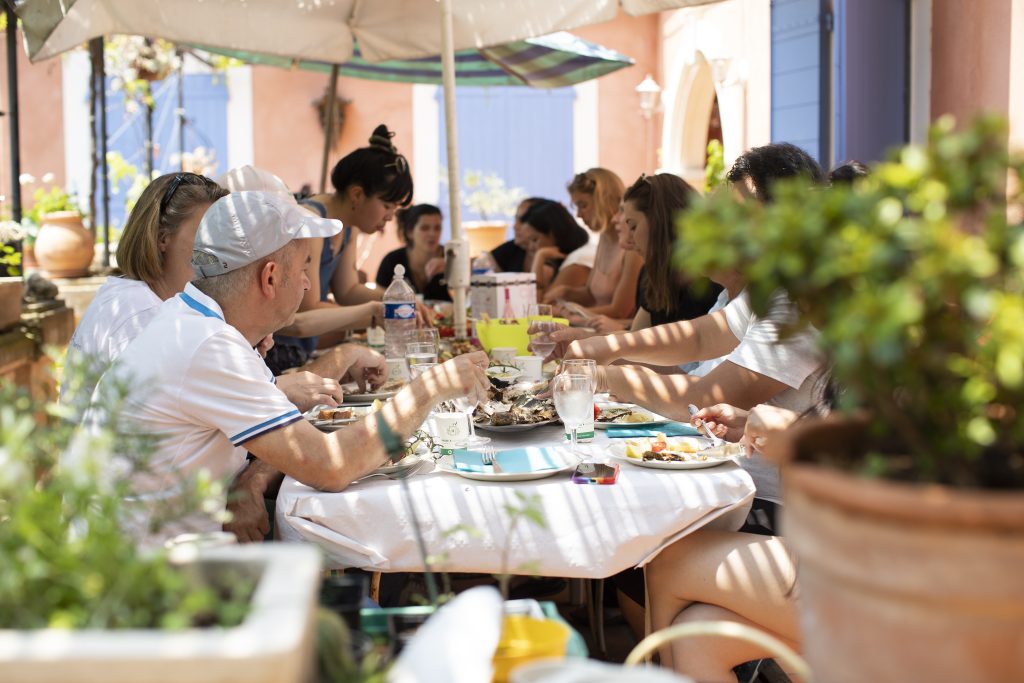
Fig. 14. Lunch at Didier’s house. They fed us remarkably well.
THE FINAL PASTIS
You are now exiting the experiential economy.
Last night/last day. Nice, we hardly knew you. We only had time for a quick jaunt, two cellar visits, a pastis, and a beautifully crafted dinner at Restaurant Onice.
What better compliment can I give a restaurant than to say it restored my faith in humanity? The restaurant invigorated me. You know the kind. Maybe you don’t, but I hope you do. Just when you think you’ve completely run out of goodwill, a meal like this expands the limit. Suddenly you can smell the roses. Suddenly they’re on your plate.
If my classmate Sara and I are restaurant addicts, then Onice was the raw. It comes in different forms, it’s not always fine, but the feeling remains the same. Somebody knows what they’re doing in the world. Somebody is feeding me more than food. This is the gastronomy that Petrini’s been talking about.
As an ex-service worker, I often feel service is the most important part of a restaurant. My favorite maitre’d once told me: they peel the carrots, and we make the meal happen. I know that’s not true, I say it anyway, but I know it’s not true. At Onice, everybody makes it happen, from the star chefs down to the two guys setting our table and washing dishes. The restaurant manager, our man in the blue suit, poured delicious Cote de Provence and told us stories about NYC in the 90’s. He used to bartend at Les Halles when Bourdain was there. I would have been ecstatic just talking to him all night, but we were there to eat.
The two extremely talented chefs, Florencia and Lorenzo, are in love. You can tell. The food screams it. Every bite beats in your mouth like a heart with a pulse. Study trips are made of passionate people and they’re no exception. They let us stand at the pass and pester them with questions and photos, telling us their story with words and dishes. We had seven courses. There were things foraged, flowers and syrups, high-quality everything. I love that. Not as much as I love their humanity though. My favorite dish involved morels.
What else? It’s been a great week spending every waking hour with 14 classmates. Hope to never see them ever again. Is there really class tomorrow?

